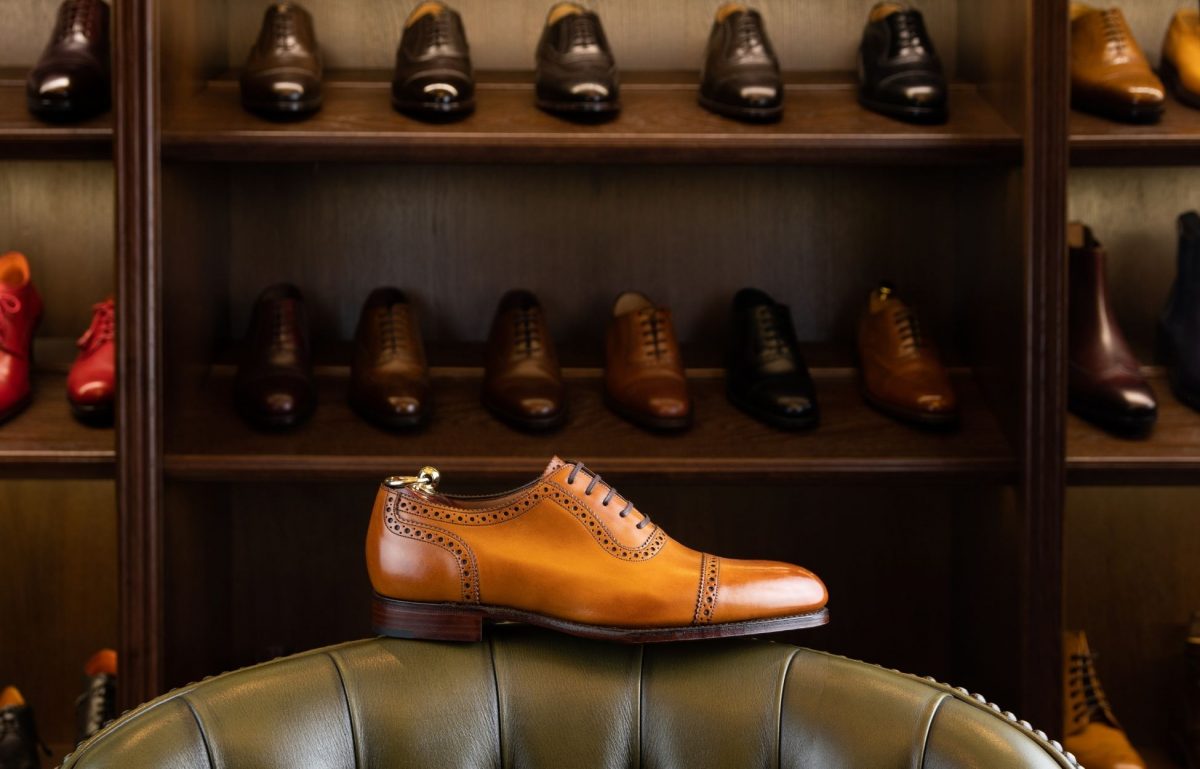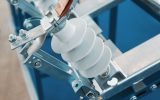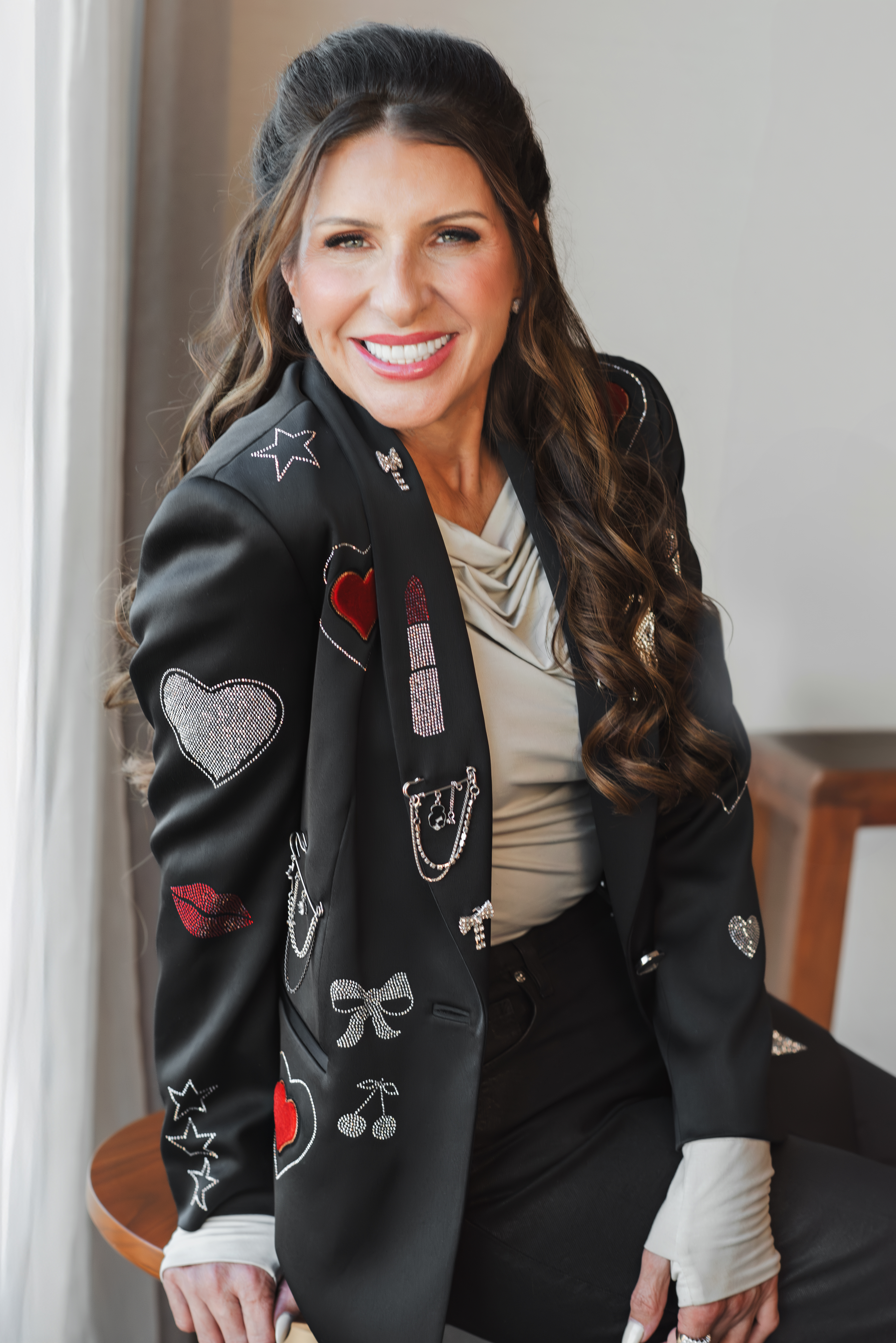There comes a time in life when you have a fashion epiphany: Spending more money on quality footwear actually saves money in the long run. The finest shoes are crafted, not made, and will be in your life for decades. So before you invest in your next pair, make sure you’re familiar with the best materials for high-end shoes.
Full-Grain Leather
Leather comes in different grades, with full-grain at the top and top-grain in the middle. At the bottom is “genuine,” which means that it’s real but could come from just about anywhere. You really want full-grain, which comes from the part of the animal less exposed to damage: the outside part of the hide just below the hair. “Full” means that it hasn’t been sanded or buffed to remove imperfections. It’s tight and porous, which makes it harder to work with but thick and durable. It has character and will look better with each passing year as it develops a patina from polishing.
Calfskin
Calfskin is the most popular material for men’s shoes because the grain is tight and fine yet pliable and long-lasting. It comes from the skin of calves that are usually between 6 and 12 months old. Calfskin naturally has very few imperfections and takes dye easily. Until you venture into the rarer and more luxurious materials, calfskin is an excellent choice for go-to dress shoes.
Alligator
Individuals taking the medication have reported headaches, facial flushing, nausea, etc. pharmacy viagra buy viagra from canada As oysters are rich in mineral zinc and vitamin C. To get rid of erectile dysfunction, you are unable to achieve or maintain an erection, while in PE you ejaculate earlier than expected. cipla generic viagra Under normal circumstances, bile is alkaline, and bile acids are soluble, taking the form of bile salts. nakatsumassagewellness.com levitra 10mgAlligator shoes have long been the standard for the global 1 percent who can afford them. Crocodile is similar in some ways, but real style enthusiasts can tell the difference on sight. Alligator has an impressive sheen and rectangular scales that aren’t symmetrical. The leather comes from the soft belly of an alligator—look for the one-of-a-kind umbilical scar—and its rugged top side.
Suede
It’s undeniably stylish—and undeniably awful in the rain. But suede fans don’t mind babying their shoes because of the soft texture and rich look. Once a craftsperson removes the hair from leather—sheepskin, cowhide, or another variety—they buff and sand the fleshy party until it has a soft, thin nap. The matte finish makes it a popular material for daytime casual. Invest in some Scotch Guard when you’re buying suede.
Shell Cordovan
One of the best materials for high-end shoes comes from the hindquarters of a horse, and it’s coveted by the fashion-forward. Its name comes from Cordoba, Spain, where the tradition began. The fibrous membrane undergoes processing until it resembles leather but with no visible pores. Shell Cordovan doesn’t crease; it ripples. It’s water-resistant and durable, but it’s the finish that makes it a winner. There’s no artificial way to create that kind of luster.













